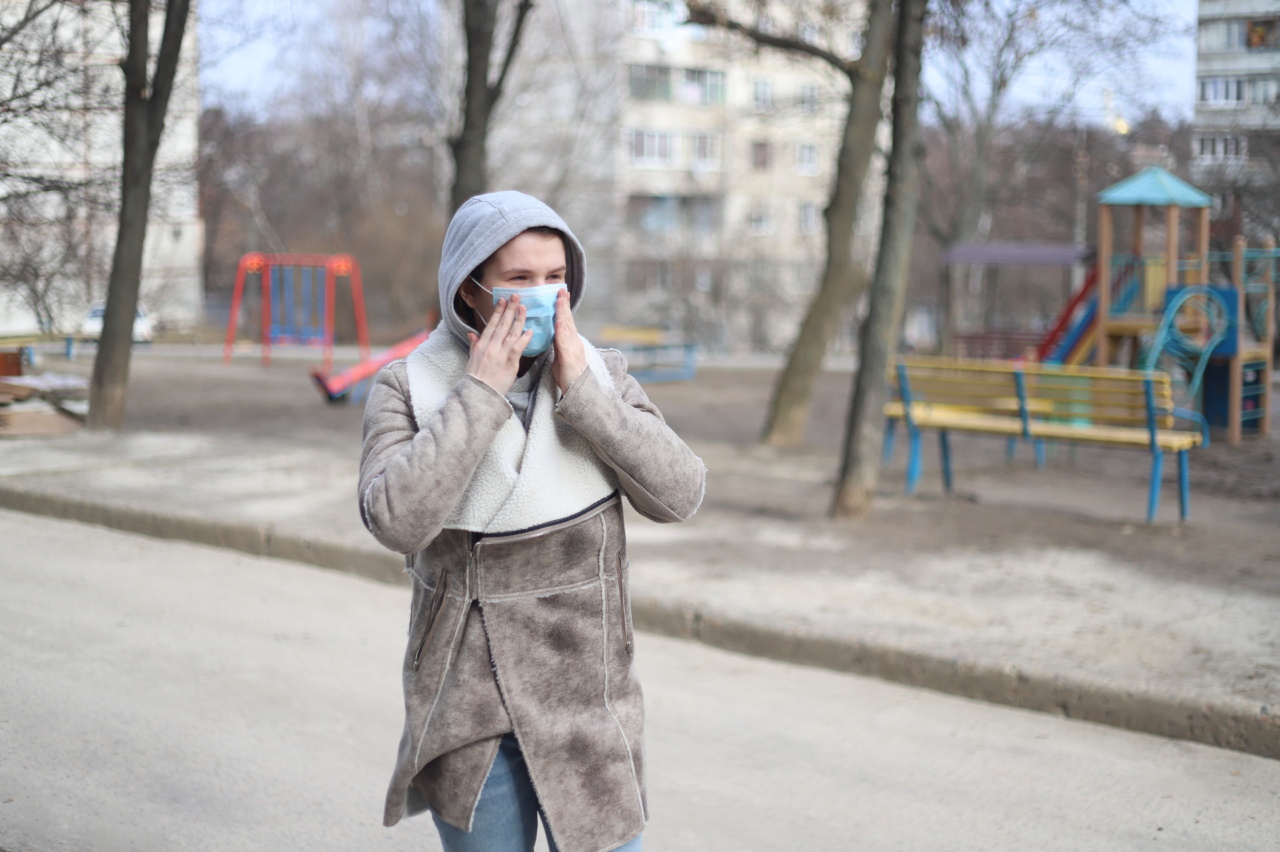The influenza virus, also known as the flu virus, is highly contagious and can cause respiratory illnesses in humans.
Understanding how long the flu virus can survive outside the human body is crucial for implementing effective infection control measures and preventing its spread. In this article, we will explore the viability of the flu virus in various environmental conditions to provide a comprehensive understanding of its survival capabilities.
What is the Flu Virus?
The flu virus belongs to the Orthomyxoviridae family and is divided into three main types: influenza A, B, and C.
Influenza A viruses are further categorized into subtypes based on the combination of two proteins on the virus’s surface: hemagglutinin (H1-H18) and neuraminidase (N1-N11). These subtypes give rise to various strains of the flu virus, including seasonal influenza strains and novel strains that may cause pandemics.
Transmission of the Flu Virus
The flu virus is primarily transmitted through respiratory droplets expelled when an infected person coughs, sneezes, or talks. These droplets can contain the virus and infect others who come into contact with them.
Additionally, the virus can also be transmitted by touching contaminated surfaces and then touching the face, mouth, or nose.
Survival of the Flu Virus on Surfaces
The viability of the flu virus on surfaces depends on several factors, including the type of surface, temperature, humidity, and the presence of organic material.
Studies have shown that the flu virus can persist on surfaces for varying durations, ranging from a few minutes to several days.
Duration on Hard Surfaces
On hard, non-porous surfaces like metal, glass, or plastic, the flu virus can survive for up to 48 hours. However, viral viability decreases over time, and the risk of transmission diminishes after a few hours.
Duration on Porous Surfaces
On porous surfaces like fabrics, such as clothing or tissues, the flu virus may survive for a shorter duration compared to hard surfaces.
The absorbency of porous materials tends to trap and inactivate the virus more quickly, reducing the risk of transmission.
Effects of Temperature and Humidity
The survival of the flu virus on surfaces is influenced by temperature and humidity. Generally, the flu virus survives better in cold and dry conditions, such as during winter months.
Low humidity levels and cooler temperatures can help preserve the virus’s viability and prolong its survival on surfaces.
Surface Contamination and Fomite Transmission
Fomites refer to inanimate objects or surfaces that can harbor and transmit infectious agents, including the flu virus.
Contaminated surfaces, such as doorknobs, tables, or toys, can serve as a source of infection if a person touches them and then touches their face or mucous membranes.
Importance of Hand Hygiene
Proper hand hygiene plays a crucial role in preventing the transmission of the flu virus.
Regular handwashing with soap and water for at least 20 seconds, especially after touching surfaces in public areas or coming into contact with respiratory droplets, can help reduce the risk of infection.
Inactivation of the Flu Virus
While the flu virus can survive on surfaces for some time, it is susceptible to various disinfectants, heat, and ultraviolet (UV) light.
Cleaning and disinfecting frequently touched surfaces using appropriate disinfectants can help inactivate the virus and reduce its transmission.
Conclusion
The flu virus can remain viable on surfaces for different durations, depending on various factors.
Understanding the survival capabilities of the flu virus outside the human body is essential for implementing effective infection control measures and preventing its spread. Regular hand hygiene and surface disinfection are key strategies to minimize the risk of flu transmission and promote public health.





























